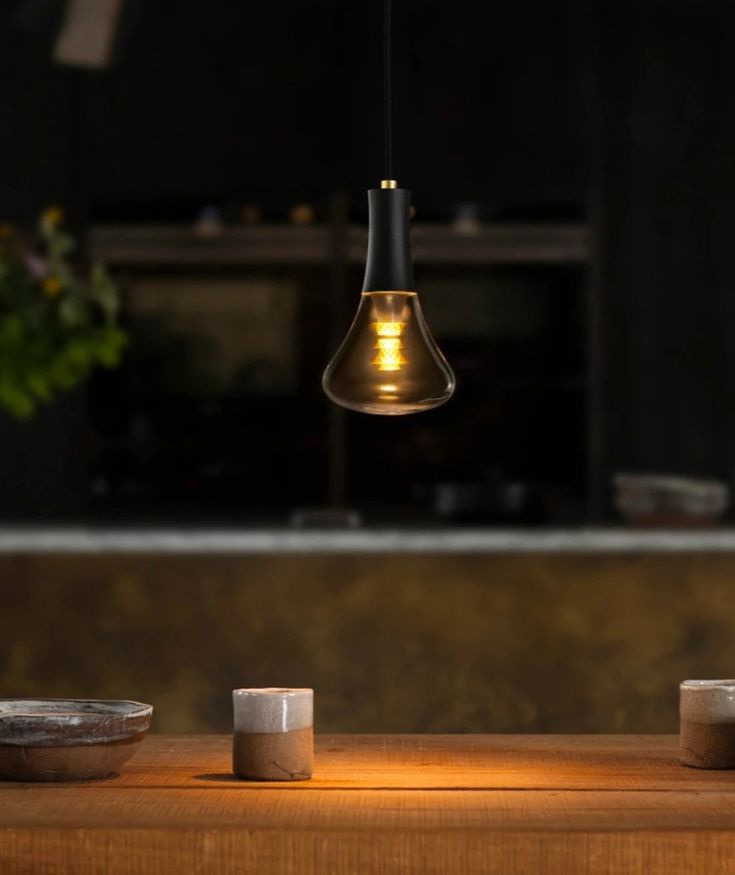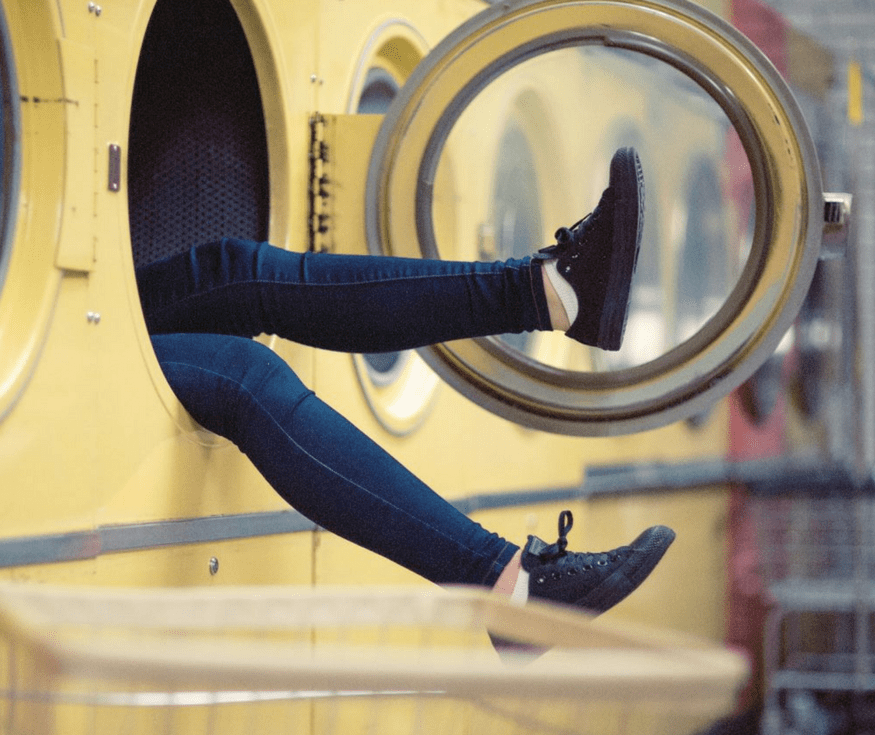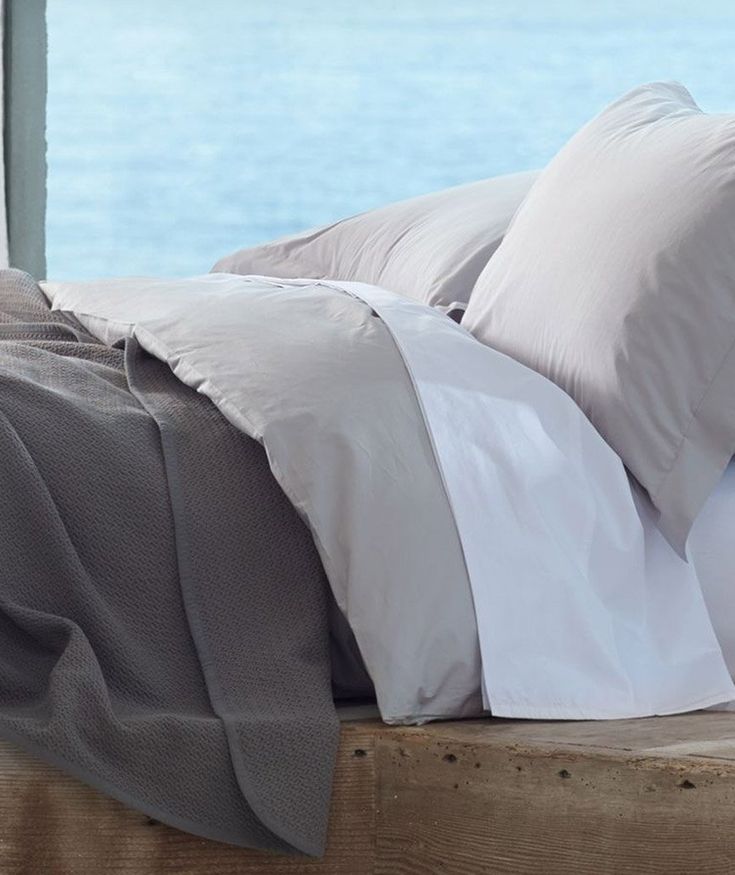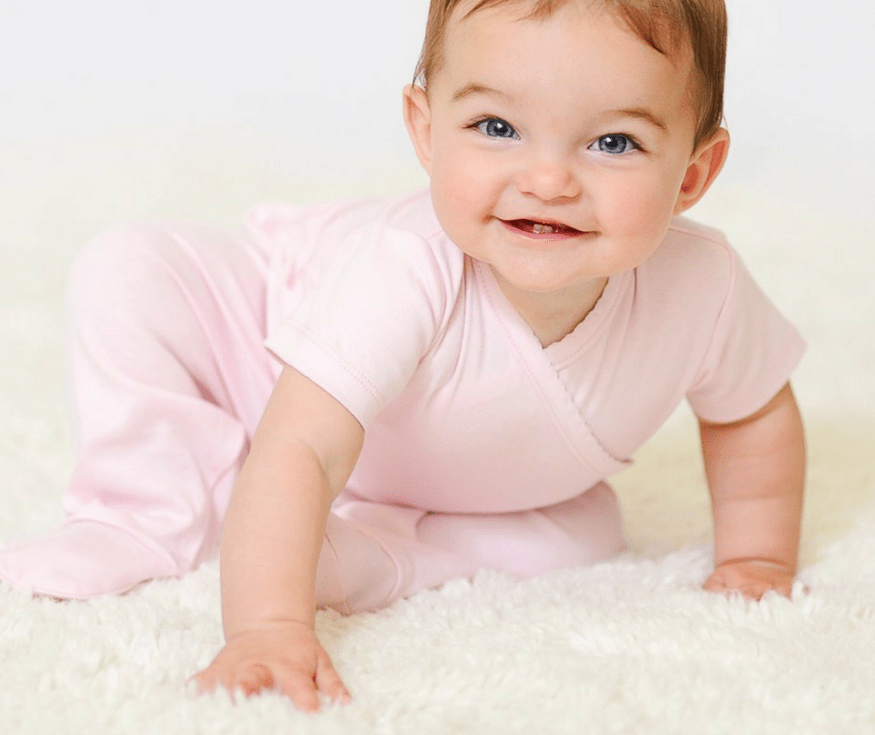The Zero Waste Home: A Rubbish-free Bedroom in 7 Easy Steps
Initially, I struggled with how to make the bedroom zero waste. So I sat on my bed and asked the question: “What in here could have a toll on the environment?” The more I looked around, the more I saw. Everything we own will eventually become waste. Maybe not now, but it will in the future. So how can we delay this process and when do we really have to produce waste? Can we make the bedroom more eco-friendly?

1. Furniture
Think of the essentials: a bed, a bedside table, a dresser and a wardrobe. Keep what has a purpose and donate what you do not require. Excess furniture makes the room look crowded and attracts dust which means more cleaning- we would all be happy with less cleaning in our lives! When you need to buy furniture, check out second hand or antique stores and buy items made to last. If breakages do occur, then try to repair or upcycle. Get creative! An old door or scrap of wood can be upcycled into a stylish headboard; there are great ideas online for making beautiful headboards and upcycling.
2. Bedding
Many companies now produce organic and ethically made bedding. Coyuchi use organic, fair trade and GOTS certified cotton, source minimally processed fibres and support sustainable manufacturing processes.
Coyuchi are also a good bet for the perfect versatile bedroom blanket. Their organic blankets have a honeycomb construction that simultaneously traps heat, gives a chunky weight, and offers a simple, timeless look.
3. Mattresses
The majority of mattresses on the market are made from synthetic fibres and foam, which do not biodegrade and can be a recycling nightmare. When you buy a new mattress, think smart. There are numerous organic mattresses on the market, but like everything nowadays, they are not always as environmentally friendly as they seem. Even if they’re labelled “green”, investigate. Some green mattresses are still laced with chemicals, only just less than a standard mattress. Look for OEKO TEX standard 100. This is a voluntary certification that a product is free from harmful substances and that the natural fibres present are organic and sustainable. Check out Suite Sleep and Avocado Green mattresses, which are made to high specifications and with natural fibres.
4. Lighting
Consider buying a second hand lamp or ensure that it is made from natural or recycled materials. Go for LEDs (light emitting diode) bulbs; they are energy efficient, long-lasting and cheaper in the long run. They are also easier to dispose of and create less of an environmental impact.
Plumen in particular are a great brand making LED lighting both beautiful and homey. Their original 001 bulb is fast becoming a classic design, and the stunning but pricey 003 bulb (pictured below) mimics the soft glow of candlelight.
Compact fluorescent bulbs are also energy efficient and long-lasting, but they can be more difficult to dispose of. To recycle your lamps and bulbs check out Recycle Nation.

5. Children’s Toys
Many children’s toys are made from cheap plastics and can easily break. This is terrible for the environment as certain plastics also leach chemicals. However, we all want our children to play and use their imaginations. Recently there has been a rise in production of ethical and sustainable children’s toys. Camden Rose is a great website for toys made in America from natural substances for ethical thinking consumers. Under the Nile make beautiful clothing and toys from fair trade- and GOTS-certified Egyptian cotton. Try to buy toys that will last and can be passed down generations or through friends. Consider buying second hand storage containers/baskets made from natural materials to store your children’s toys.
6. Clothing
Do we need all the clothes we own? We tend to wear the same clothes regularly and keep others in the wardrobe “just in case”. Textile waste is a massive environmental problem and our constant purchases of new fashion trends is just not sustainable. Check out these articles on reducing your wardrobe size and embracing the capsule wardrobe for more information on how you can curate a wardrobe that is unique to you.
Be sure to wear out and mend your clothes before thinking about getting rid of them. Sewing is simple and can increase the lifespan of your clothing. When your shoes soles and heels are worn, take them to a cobbler. Old, damaged clothes can be made into rags for cleaning and donate wearable unwanted items so someone else can give them a new life.
How about donating your old bras! The Bra Recyclers take unwanted/unused bras and distribute them to non-profit charity organisations to assist woman and girls in transition. Their motto is Used Bras: Using Simple Encouragements to Develop, Blossom and Renew Positive Attitudes and Self-esteem. Bras for a Cause also donate bras to women’s shelters, women who have undergone breast cancer surgery, breast cancer survivor support groups and charities all over the world.
When you do buy new clothes, look for ethical and clothes made from sustainably sourced, natural fibres. The Global Organic Textile Standards (GOTS) on fabrics ensures the textile is truly organic and ethically made. Check out PACT and Amour Vert – Amour Vert plant a tree with every purchase of a tee! Try to avoid buying cheap, disposable clothing. Fast fashion retailers often have terrible conditions for their workers, pay them poorly and do not care where their fabrics come from or their toll on the planet.
7. Laundry
Man-made fibres release microfibers into our water system with every wash. To fight against this issue, Patagonia have teamed up with Guppy Friend to make a mesh bag and other companies are designing a filter for washing machines to prevent microfibers being released into the water. (Watch this space for more info!)

Wash synthetic clothes less frequently and for shorter washes to save the environment and your water usage. Front loading washing machines are better than top loaders; researchers suspect the central agitator in the top loaders are harsher on clothing and therefore cause an increase in the shedding of microfibers. Patagonia and The Bren School of Environmental Science and Management at the University of California wrote this report on their findings regarding microfibers.
For the actual washing (and until The Guppy Bag is available), we can only do our best. Try using more ethical laundry detergents. The Simply Co was founded by zero waste blogger Lauren Singer who make sustainable and zero waste cleaning products. Econuts are awesome berry shells that act as a natural soap. They come in eco-friendly, zero waste packaging and can be used numerous times! Check out the video on their website.
See what changes you can make in and around your bedroom. We are getting closer towards the zero waste home!
![]()
Other articles in this series:
11 Alternatives for Bathroom Essentials | 6 Ways to Reduce Office Waste





